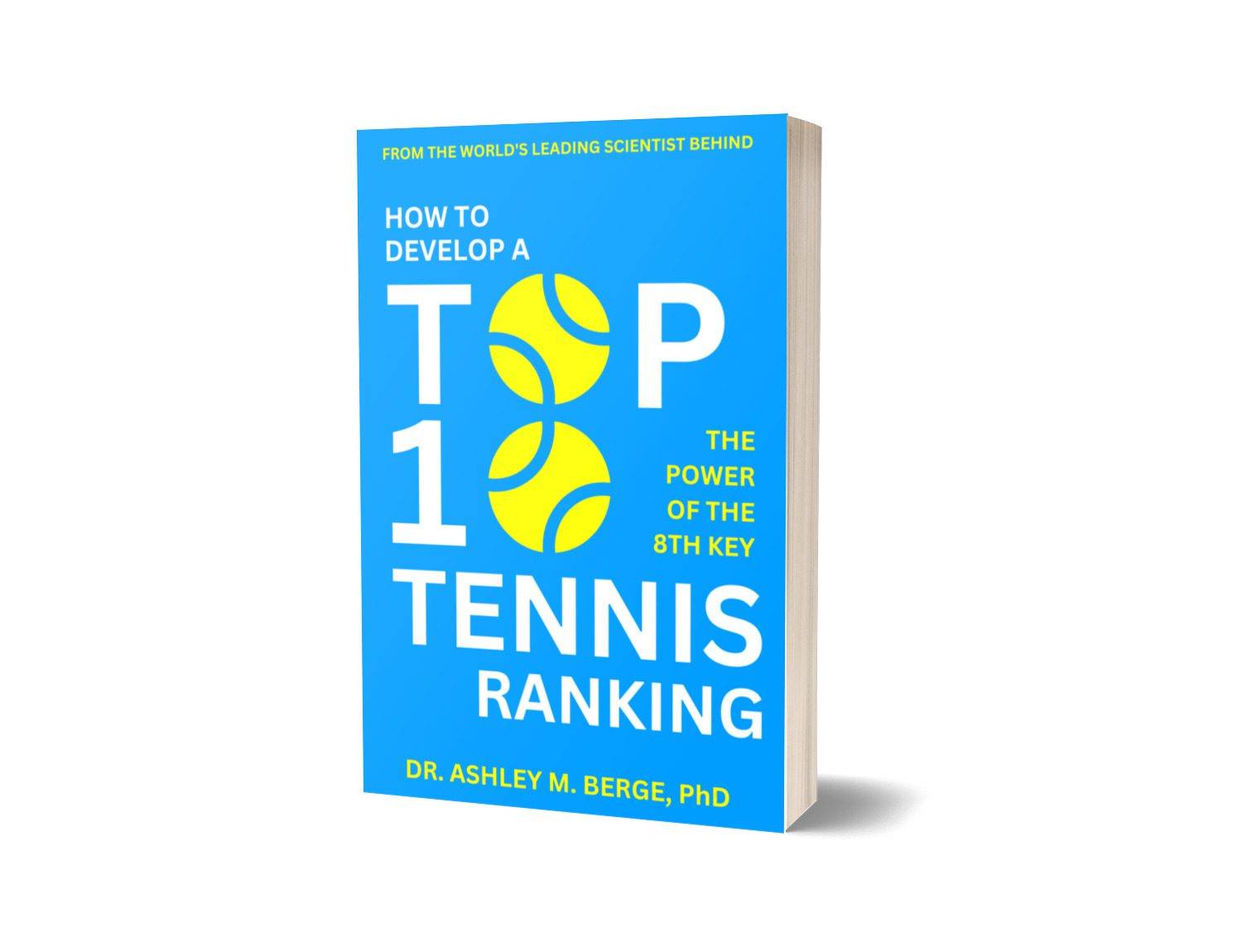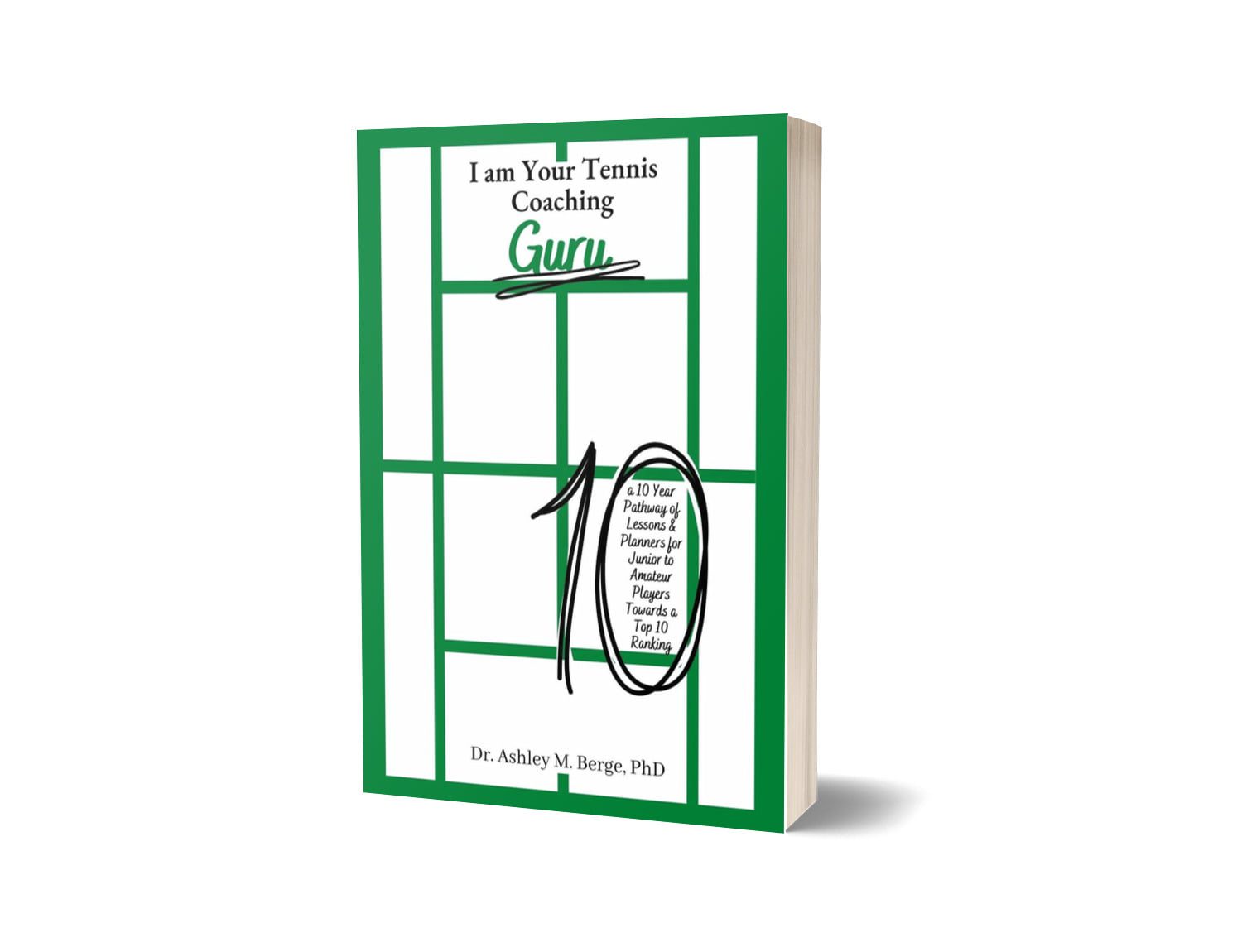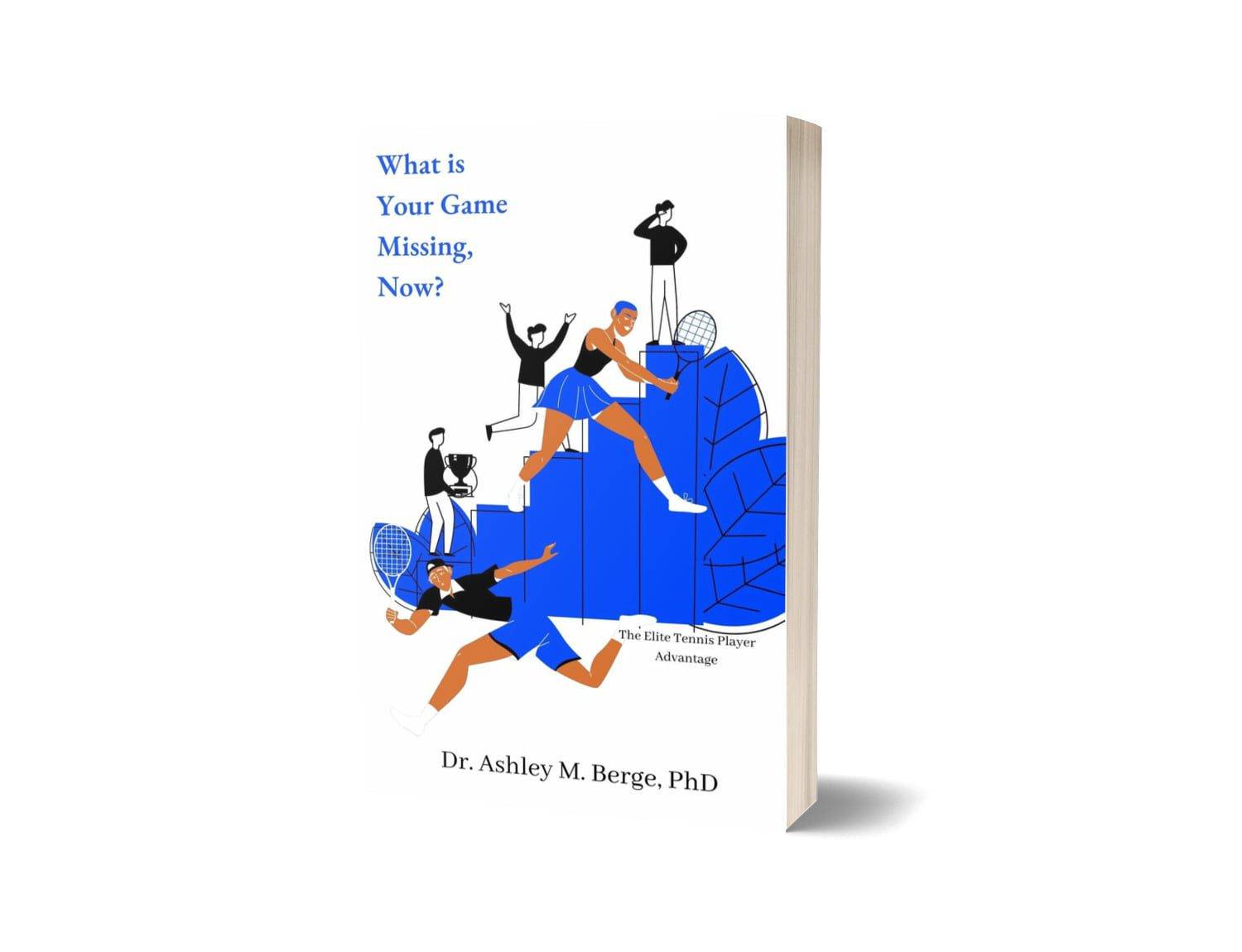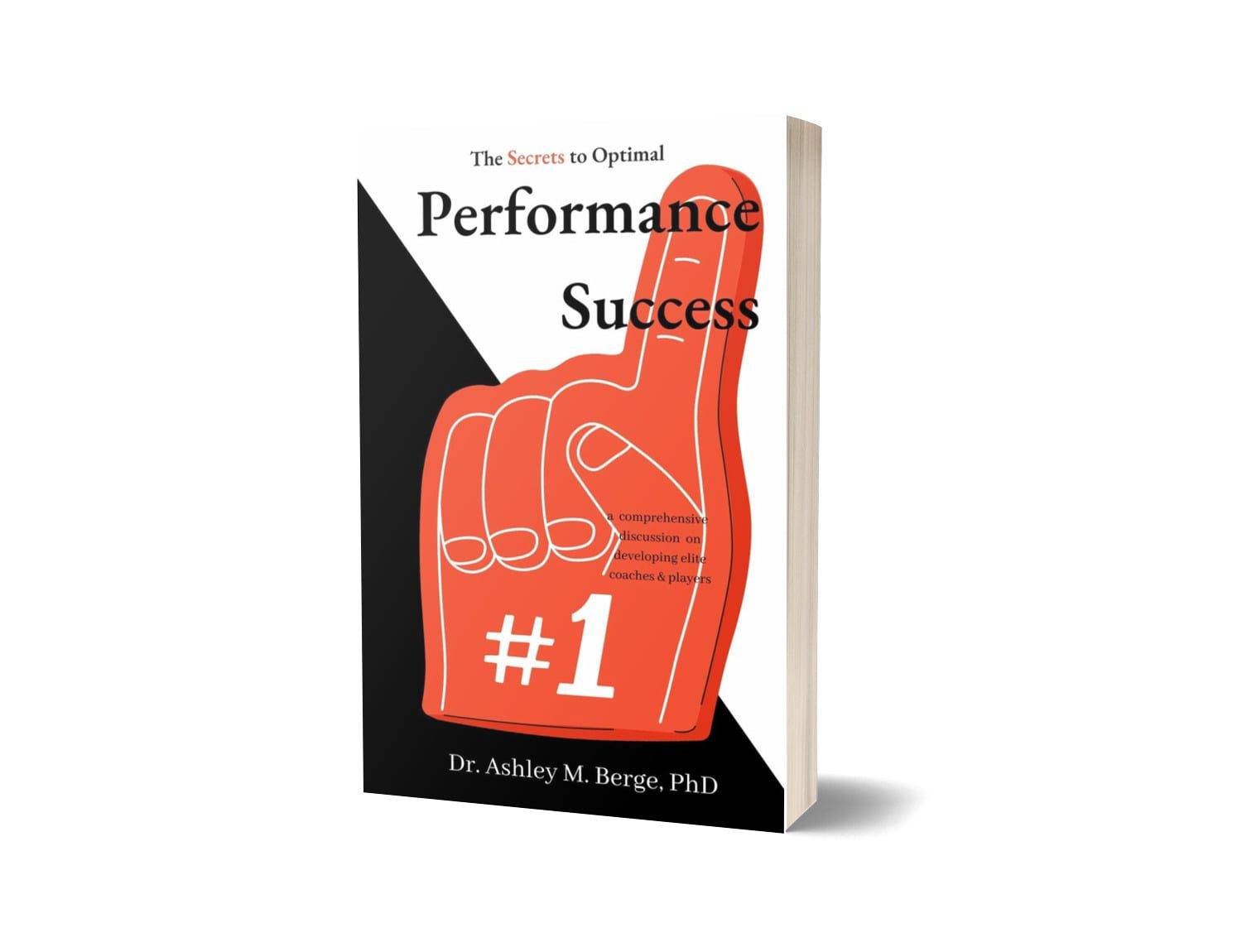
Everyone makes mistakes. It is one of those things in life that is inevitable. How you respond to these mistakes will vary and these behaviours are often formed in your earlier developmental years. Only later in life, if and/or when you choose, will you begin to modify these behaviours. On this premise, it is so incredibly important to set the standards in a child’s earlier years to ensure their response is well-attuned to appropriate and builds the ‘right’ kind of behaviours opposed to setting that child up for a harder road ahead i.e. needing to ‘rewire’ these behaviours due to the poor responses initially developed and/or noted as acceptable at the given time.
An example of a poorly developed behaviour in earlier years, when we’re narrowing our focus on the tennis player, is the reaction when a point is lost due to an unforced error i.e. a mistake. A child has two options — to accept that their performance wasn’t good enough for that given point and to learn from their mistake for the next point; or, the child may behave poorly — throw their racket, scream a few ill-choice words and perhaps even throw a little tantrum that involves a ‘slap’ to their leg, or similar. This example is shared from a lived experience — behaviours that once-upon-a-time I personally had become accustomed towards as acceptable and suitable to the poor performance. That is, mistakes were not okay and were frowned up. At the time, if your behaviour showed your level of frustration to disappointment this was almost applauded opposed to the calmer player that moved on to the next point.
Thankfully, my behaviours evolved as this was never a natural reaction. Again, from a personal perspective I was too well-rounded to keep that type of behaviour up — I knew better from a young age that this was not acceptable and I definitely would never get away with it off the tennis court and/or in front of my parents. There was absolutely no way that would have happened! And yet, this still happens to this day and coaches and parents alike allow this to happen. And that is not okay.
A child’s to tennis player’s actual development during these years sets the scene to what’s allowed later in life, in particular those adolescent years when hormones can at times take that behaviour to the next level. Even worse, off the tennis court this ‘screaming’ to ‘throwing’ can become evident in other areas of life when those types of behaviours are never okay. If you wouldn’t get away with screaming at yourself and throwing your book and/or slapping yourself after receiving a lesser result that planned on a test, why would it be okay on the tennis court?
Poor behaviour is never okay and setting the bar high for the developmental player means we’re also conditioning more positive behaviours for when that child becomes an adolescent and in later years, a young adult. On this basis, sport is incredibly powerful for setting well-rounded behaviours.
At the end of the day, everyone makes mistakes and it’s how we react that makes the difference. If you’re able to learn from your mistake — why it happened and its cause, specifically in tennis, your performance can evolve as you search to nudge those metrics further and reach your next peak performance. In this sense, mistakes are a constant that can be flipped upside down as a learning curve — a way in which can foster further development, further progressions and edge that player closet towards that Top 10 tennis ranking in the weeks to come, months to come, years to come and/or the next one or two decades ahead, depending on your rate of progress to current ranking range.
To learn more about Learning From Mistakes: Tennis Players, head on over to Beyond Top 10 Tennis and head to Episode 30. More? Catch up on our Tips over on TikTok, Twitter, Threads or Instagram for quick snippets to apply in your game, today.
















